On Thanksgiving I talked to my grandson Michael, 17, about different forms of writing as he is a gifted writer. Like his grandma, we are not into poetry, too sad for the most part, though in the duality of life expresses both positive and negative emotions. When I suggested screenplay writing, telling Michael about the ongoing destiny of my screenplay, he connected immediately and hopes to take classes when he goes to college in 2016.
We agreed that life is all about programing and timing as this experience is set in linear time. It's about overcoming adversity then finding a creative way to use one's experiences to help and heal others - the "making a difference" scenario. Poetry is most often about expressing one's emotions to be shared with those who empathize with the poet. Poetry and music walk hand and hand - powerful verses that can heal and awaken memories on many levels of consciousness. Would you believe ... with almost 10,000 files on Crystalinks I never created a file about Poetry until now.
-
Poetry is a form of literature that uses aesthetic and rhythmic qualities of language - such as phonaesthetics, sound symbolism, and metre - to evoke meanings in addition to, or in place of, the prosaic ostensible meaning.
Poetry has a long history, dating back to the Sumerian Epic of Gilgamesh. Early poems evolved from folk songs such as the Chinese Shijing, or from a need to retell oral epics, as with the Sanskrit Vedas, Zoroastrian Gathas, and the Homeric epics, the Iliad and the Odyssey. Ancient attempts to define poetry, such as Aristotle's Poetics, focused on the uses of speech in rhetoric, drama, song and comedy. Later attempts concentrated on features such as repetition, verse form and rhyme, and emphasized the aesthetics which distinguish poetry from more objectively informative, prosaic forms of writing. From the mid-20th century, poetry has sometimes been more generally regarded as a fundamental creative act employing language.
Poetry uses forms and conventions to suggest differential interpretation to words, or to evoke emotive responses. Devices such as assonance, alliteration, onomatopoeia and rhythm are sometimes used to achieve musical or incantatory effects. The use of ambiguity, symbolism, irony and other stylistic elements of poetic diction often leaves a poem open to multiple interpretations. Similarly figures of speech such as metaphor, simile and metonymy create a resonance between otherwise disparate images - a layering of meanings, forming connections previously not perceived. Kindred forms of resonance may exist, between individual verses, in their patterns of rhyme or rhythm.
Some poetry types are specific to particular cultures and genres and respond to characteristics of the language in which the poet writes. Readers accustomed to identifying poetry with Dante, Goethe, Mickiewicz and Rumi may think of it as written in lines based on rhyme and regular meter; there are, however, traditions, such as Biblical poetry, that use other means to create rhythm and euphony. Much modern poetry reflects a critique of poetic tradition, playing with and testing, among other things, the principle of euphony itself, sometimes altogether forgoing rhyme or set rhythm. In today's increasingly globalized world, poets often adapt forms, styles and techniques from diverse cultures and languages. Read more
Happy Birthday to my favorite poet ...
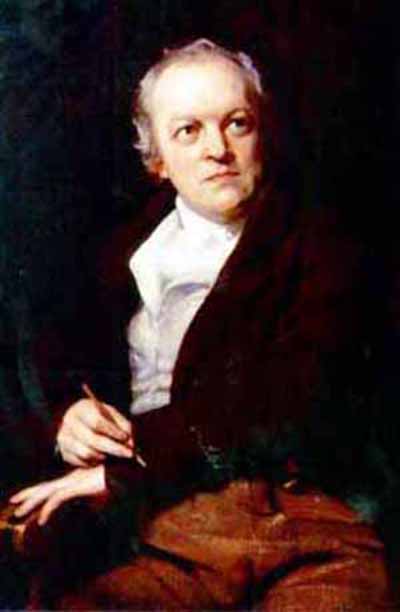
William Blake was an English poet, painter, and printmaker. Largely unrecognized during his lifetime, Blake is now considered a seminal figure in the history of the poetry and visual arts of the Romantic Age. His prophetic poetry has been said to form "what is in proportion to its merits the least read body of poetry in the English language". His visual artistry led one contemporary art critic to proclaim him "far and away the greatest artist Britain has ever produced".
In 2002, Blake was placed at number 38 in the BBC's poll of the 100 Greatest Britons. Although he lived in London his entire life, he produced a diverse and symbolically rich oeuvre, which embraced the imagination as "the body of God" or "human existence itself".
Although Blake was considered mad by contemporaries for his idiosyncratic views, he is held in high regard by later critics for his expressiveness and creativity, and for the philosophical and mystical undercurrents within his work. His paintings and poetry have been characterized as part of the Romantic movement and as "Pre-Romantic". Reverent of the Bible but hostile to the Church of England (indeed, to almost all forms of organized religion), Blake was influenced by the ideals and ambitions of the French and American Revolutions. Though later he rejected many of these political beliefs, he maintained an amiable relationship with the political activist Thomas Paine; he was also influenced by thinkers such as Emanuel Swedenborg. Despite these known influences, the singularity of Blake's work makes him difficult to classify. The 19th-century scholar William Rossetti characterized him as a "glorious luminary", and "a man not forestalled by predecessors, nor to be classed with contemporaries, nor to be replaced by known or readily surmisable successors".
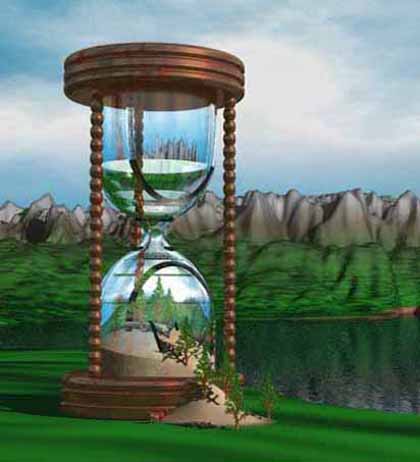
Hold infinity in the palms of your hand and eternity in an hour.
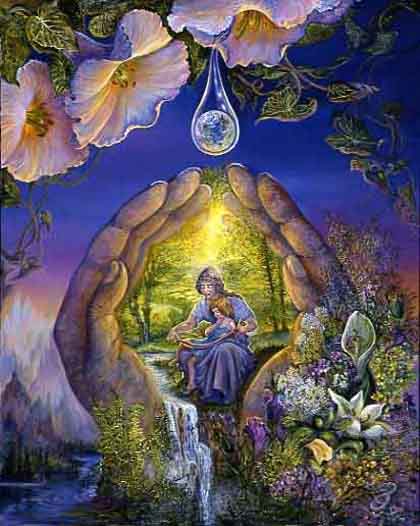
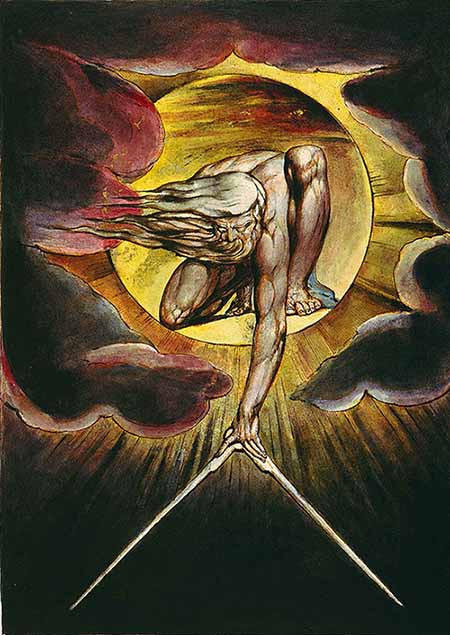
Europe a Prophecy
is a 1794 prophetic book by William Blake.It is engraved on 18 plates, and survives in just 9 known copies.
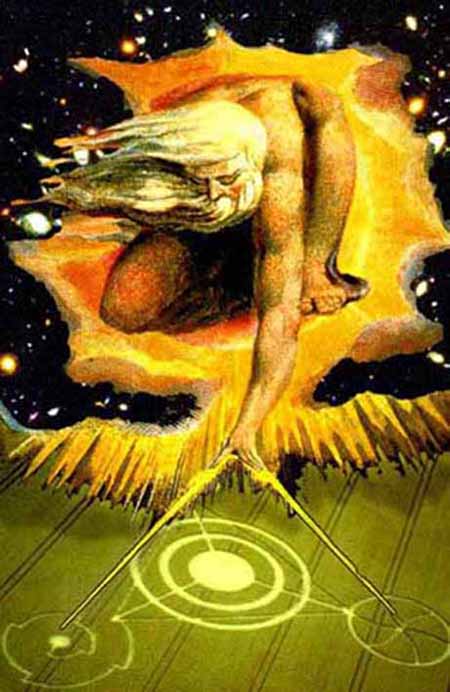
July 17, 1991 - Famous Barbury Castle Crop Circle that changed everything
 William Blake Google Videos
William Blake Google Videos